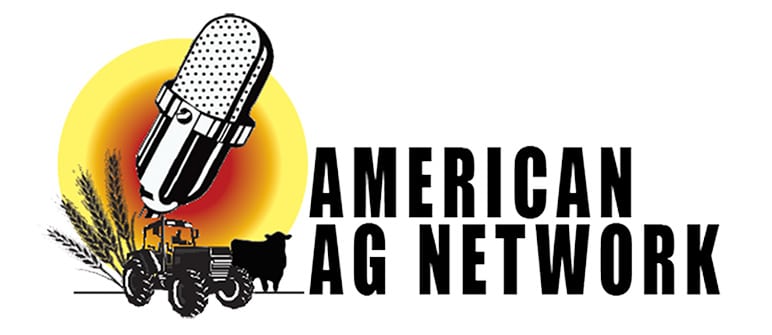Several areas in the Upper Midwest and Corn Belt are struggling with dry weather. Dennis Todey, director of the USDA’s Midwest Climate Hub in Iowa, says some areas haven’t gotten away from excessively-dry weather in several years.
“Iowa, for example, has been in some form of drought back to 2020 in parts of the state. The worst area carrying over from last year had been most of the western Corn Belt. Most of the eastern Corn Belt had improved and had enough precipitation during the wintertime that improved the situation. Then, we saw lots of snow up north. We’ve melted off that snow up north, and some of that moisture got in the soil. And then, in the latter part of the spring, we’ve turned very dry, quite dry, especially up around the Great Lakes and even the eastern Corn Belt into the central Corn Belt. The western part has not been quite as bad.”
He says the expanding dryness is starting to show up in some of the crop progress reports. The multi-billion-dollar questions are how long it’s going to stay dry and whether there is any relief in sight.
“The way it’s acting now, and the way it looks going ahead is we’re probably going to be touch and go over most of the area. In around all this dryness, there have been pockets that have received isolated heavier rainfalls, but they’ve been isolated, and part of that is the climatology at this time of year. We get more thunderstorm activity, which is more isolated and not widespread rainfall, so that’s going to continue. We’re also getting to that part of the year where, climatologically, we start to get less precipitation.”
The dry weather is even causing concerns in parts of the Midwest that had plenty of snow during the winter.
“That has raised some level of concern because the dryness has been big enough that it’s started to show up with some of the crop reports. And because of the recent dryness with that background of several years of drought, deeper in the profile and some of the groundwater levels still have not recovered yet in some places. So, the multi-year drought is impacting some of the more recent issues too.”
He talks about the effects of the current El Nino weather pattern that’s taken control of the region.
“If you look at what happened during El Nino years, if you average them together, again, each one is a little bit different, then you get a little bit of what we’ve seen already, which is dry early in the growing season. A dry early season can be a good thing because it promotes development and helps it get a crop established. And then, as the summer goes on, you continue to have precipitation chances and you tend not to be warm. You may not be wet, and you may not be cool, but you tend not to be warm, and you tend not to be dry. So, when you combine those two, that’s why El Nino summers – when you average them together – tend to be decent growing years. It’s rarer to find bad El Nino summers.”


